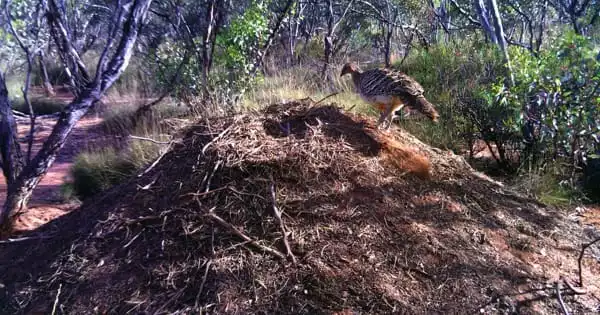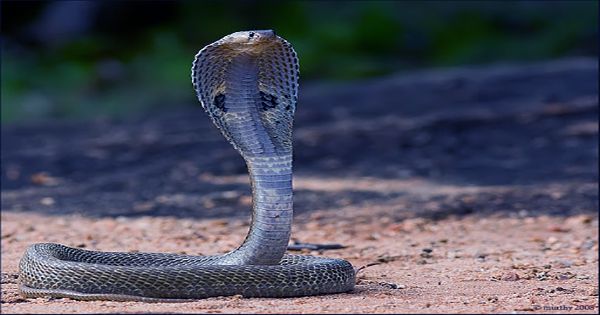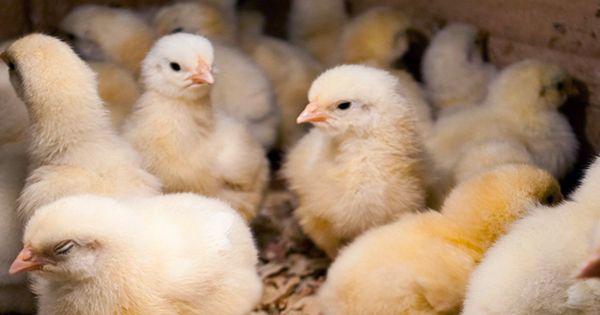An epiphytic orchid species called Dendrobium chrysotoxum can be seen growing on rocks or tree trunks as lithophytes. It has significant therapeutic and aesthetic value. The existence of the D. chrysotoxum orchid continues to be seriously threatened by the overexploitation of this species in the wild.
In a previous study, scientists from the Chinese Academy of Sciences’ Xishuangbanna Tropical Botanical Garden (XTBG) isolated a Tulasnella fungal strain (GC-15) from D. chrysotoxum protocorms using an in situ seed baiting method. This technique is remarkably effective at promoting in vitro seed germination and protocorm development.
However, the interaction between the D. chrysotoxum protocorm and its mycobiont during seed germination remains unclear.
To better comprehend the mutualism between D. chrysotoxum and its mycobiont, the researchers in a recent paper published in Horticulturae clarified the protocorm development process as well as the structure and characteristics of embryos and protocorms in D. chrysotoxum.
The researchers examined the morphogenetic alterations that occurred during the symbiotic germination of D. chrysotoxum inoculated with Tulasnella sp. using anatomical methods and scanning electron microscopy (SEM).
Our study provides new insights into the structure and function of epiphytic orchid protocorms and sheds light on the symbiotic relationship between orchids and fungi.
Luo Yan
During symbiotic seed germination, six developmental phases were morphologically and anatomically characterized. At stage two, the embryo changed into a protocorm. At stage three, a protrusion emerged from the protocorm, and at stage four, it grew longer to become the cotyledon.
Stage three saw the beginning of the stem apical meristem (SAM), which by stage four was firmly established. The first leaf and the root appeared at stages five and six, respectively.
D. chrysotoxum embryos grow polarized cell areas with predetermined developmental outcomes. Large embryonic cells at the base evolve into rhizoids for access by fungal hyphae and as a symbiotic location for fungal colonization, while small embryonic cells at the top develop into cotyledons and SAM.
“Our study provides new insights into the structure and function of epiphytic orchid protocorms and sheds light on the symbiotic relationship between orchids and fungi,” said Luo Yan of XTBG.
















